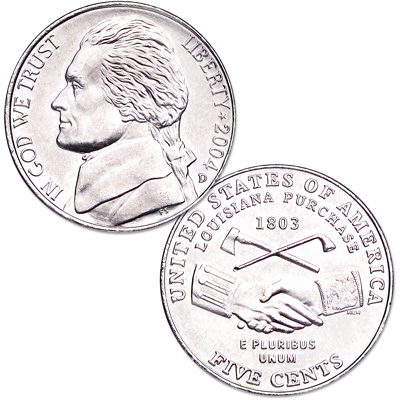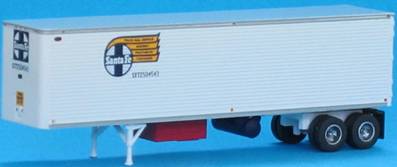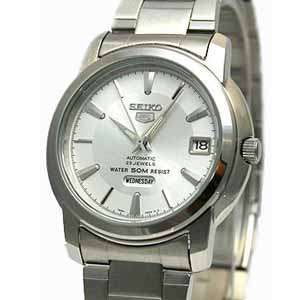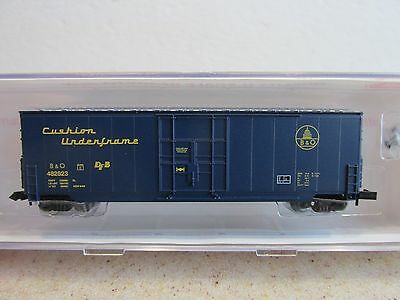Designer: Felix Schlag
History: The Jefferson nickel has been the five-cent coin struck by the United States Mint since 1938, when it replaced the Buffalo nickel. From 1938 until 2004, the copper-nickel coin's obverse featured a profile depiction of founding father and third U.S. President Thomas Jefferson by artist Felix Schlag; the obverse design used in 2005 was also in profile, though by Joe Fitzgerald. Since 2006 Jefferson's portrayal, newly designed by Jamie Franki, faces forward. The coin's reverse is still the Schlag original, although in 2004 and 2005 the piece bore commemorative designs.
First struck in 1913, the Buffalo nickel had long been difficult to coin, and after it completed the 25-year term during which it could only be replaced by Congress, the Mint moved quickly to replace it with a new design. The Mint conducted a design competition in early 1938, requiring that Jefferson be depicted on the obverse, and Jefferson's house Monticello on the reverse. Schlag won the competition, but was required to submit an entirely new reverse and make other changes before the new piece went into production in October 1938.
As nickel was a strategic war material during World War II, nickels coined from 1942 to 1945 were struck in a copper-silver-manganese alloy which would not require adjustment to vending machines. They bear a large mint mark above the depiction of Monticello on the reverse. In 2004 and 2005, the nickel saw new designs as part of the Westward Journey nickel series, and since 2006 has borne Schlag's reverse and Franki's obverse.
First struck in 1913, the Buffalo nickel had long been difficult to coin, and after it completed the 25-year term during which it could only be replaced by Congress, the Mint moved quickly to replace it with a new design. The Mint conducted a design competition in early 1938, requiring that Jefferson be depicted on the obverse, and Jefferson's house Monticello on the reverse. Schlag won the competition, but was required to submit an entirely new reverse and make other changes before the new piece went into production in October 1938.
As nickel was a strategic war material during World War II, nickels coined from 1942 to 1945 were struck in a copper-silver-manganese alloy which would not require adjustment to vending machines. They bear a large mint mark above the depiction of Monticello on the reverse. In 2004 and 2005, the nickel saw new designs as part of the Westward Journey nickel series, and since 2006 has borne Schlag's reverse and Franki's obverse.
Item created by: Lethe on 2015-05-31 17:46:30. Last edited by gdm on 2016-01-06 11:56:13
If you see errors or missing data in this entry, please feel free to log in and edit it. Anyone with a Gmail account can log in instantly.
If you see errors or missing data in this entry, please feel free to log in and edit it. Anyone with a Gmail account can log in instantly.








